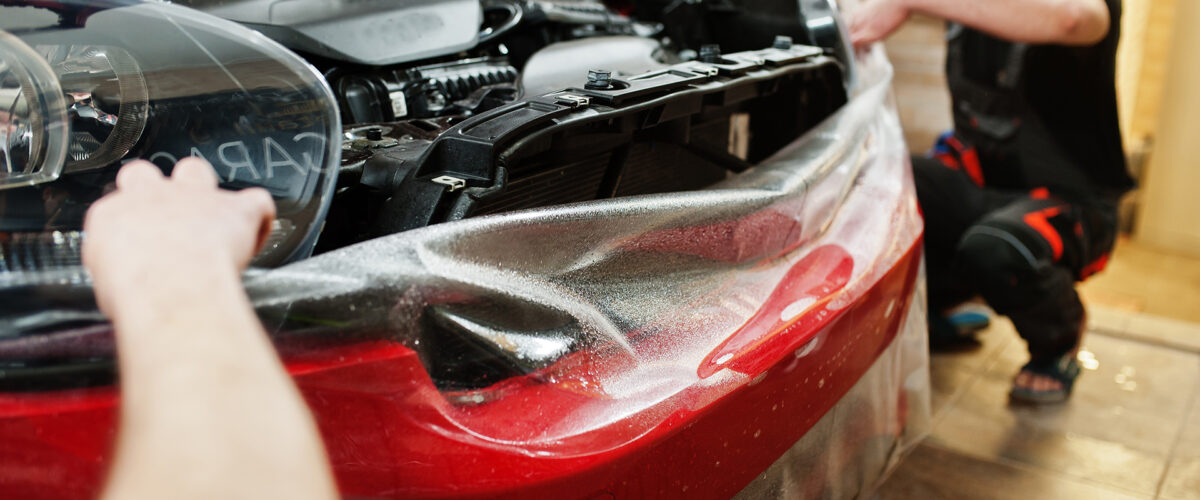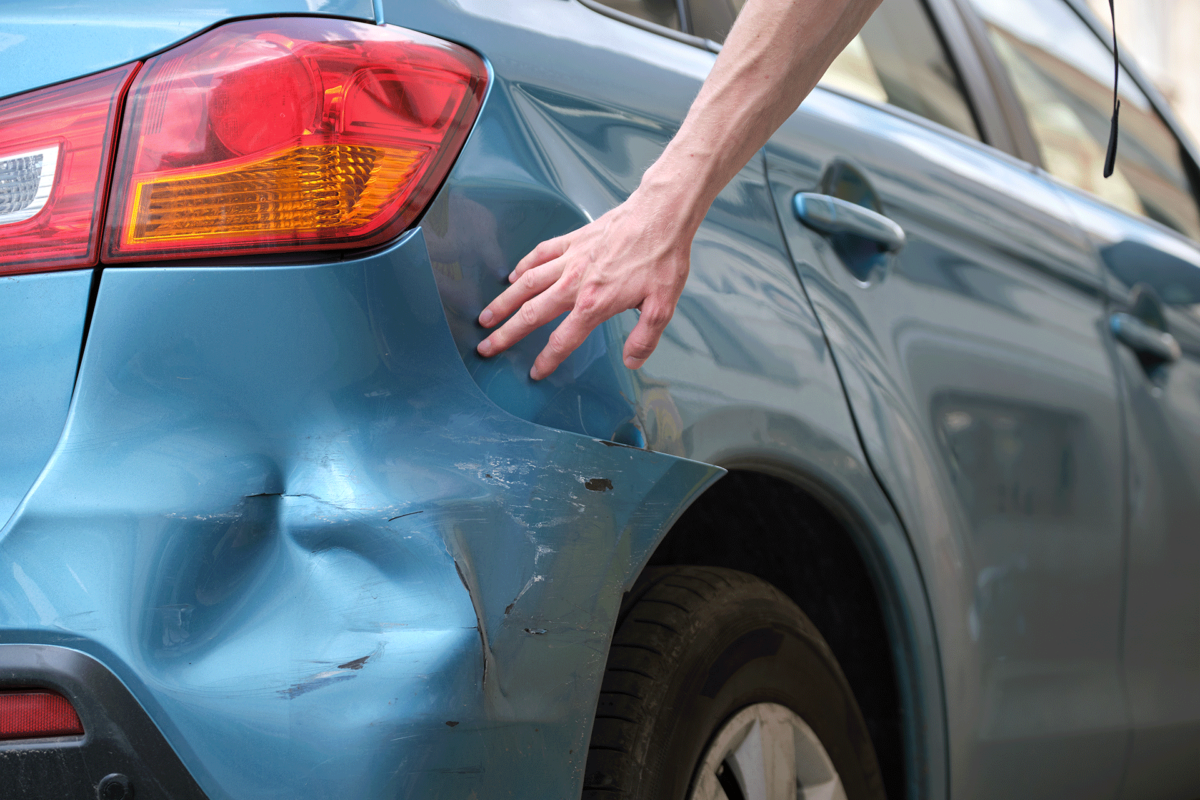In the heart of Austin lies a collision center renowned for transforming vehicular mishaps into testimonials of craftsmanship and resilience. This Austin-based collision center has not only set a benchmark for excellence in car repairs but also established itself as a beacon for those seeking unparalleled service in the wake of an automotive misfortune. With a team of highly skilled technicians, the latest technology in auto repair, and a commitment to customer satisfaction, this collision center stands out as a premier choice for anyone in Austin needing to breathe new life into their vehicle. Whether it’s a minor ding or a major overhaul, the experts here ensure that every car leaves looking and performing at its best, reaffirming why this facility is the go-to destination for car repairs in Austin.
Factory Certified Technicians
At this Austin collision center, the term factory certified technicians signifies a team of professionals who have received specialized training directly from the vehicle’s manufacturer. These technicians bring an unparalleled level of expertise to every car repair job, ensuring that each vehicle is serviced according to the strict standards set by its maker. Why are they awesome? For starters, having a factory certified technician work on your vehicle means that your car is being repaired with the precision and attention to detail it deserves. These experts use only manufacturer-approved parts and techniques, guaranteeing that your vehicle retains its value and integrity. Furthermore, their advanced knowledge in the latest automotive technology ensures that whether your vehicle requires routine maintenance or complex collision repair, it receives the highest quality of service. In Austin, where the demand for skilled and reliable automotive care is paramount, the presence of factory certified technicians at this collision center distinguishes it as a leader in both quality and customer satisfaction.
Rental Cars
Understanding that being without a vehicle can be a major inconvenience, especially in a bustling city like Austin, this collision center offers an exceptional solution to keep your life moving seamlessly. Rental Cars Available On-Site encapsulates more than just a service; it represents the collision center’s comprehensive approach to customer care. Here, you’ll find a fleet of rental cars on-site, ensuring that your daily routine remains uninterrupted while your vehicle is under repair. This feature is particularly beneficial for those who can’t afford to pause their commitments in Austin’s dynamic environment. Whether you’re dropping off your car for a quick fix or a significant repair, having immediate access to a rental car in Austin means you’re never stranded. It’s another way this Austin collision center commits to not just meeting, but exceeding, the expectations of those who entrust their vehicles to its care.
Comprehensive Collision Repair Services
At our Austin collision center, we pride ourselves on offering a broad spectrum of collision repair services to meet the diverse needs of our customers. From minor fender benders to more severe impacts, our team is equipped to handle it all. Why choose us for your repair needs? First, our expertise in a variety of services ensures that no matter the damage, we have the skills and technology to restore your vehicle to its pre-accident condition. Our services include, but are not limited to, paintless dent repair, auto body painting, frame straightening, and bumper repair. Additionally, we specialize in windshield and glass replacement, offering quick and seamless solutions to get you back on the road safely. Each service is carried out with meticulous attention to detail, ensuring that your vehicle not only looks great but is also structurally sound.
By choosing our Austin collision center, you’re opting for a team that provides unparalleled service, leveraging the latest in automotive repair technology. Our commitment to excellence is evident in every repair we undertake, making Covert Collision your premier choice for collision repair services in Austin.
Streamlined Insurance Claims Process
Navigating through insurance claims can be daunting, but at our Austin collision center, we aim to make this process as straightforward and stress-free as possible. How do we assist with insurance claims? Our team works closely with insurance companies to ensure that your claim is processed efficiently. From the moment you bring your vehicle to us, we take the lead in coordinating with your insurance, handling all the necessary paperwork and communications. This proactive approach means that you can focus on your daily life, while we take care of the intricacies of your claim. Our experience with a wide range of insurance providers in Austin gives us the insight to advocate effectively on your behalf, ensuring that your vehicle’s repair is covered to the fullest extent possible. At our collision center, we understand the importance of getting your car back on the road quickly and with the minimum hassle to you, which is why we strive to make the insurance claim process as seamless as an Austin breeze.
Contact Us for a Free Estimate
Located in Austin, our collision center has become a trusted authority in automotive repairs, offering a range of services underscored by a deep commitment to customer satisfaction. Our facility stands out for its team of factory certified technicians who ensure each vehicle is repaired with utmost precision and manufacturer-approved parts. We alleviate the inconvenience of repairs with on-site rental cars, enabling our customers to maintain their daily routines without interruption. Our comprehensive suite of services includes everything from paintless dent repair to complex collision services, all designed to restore vehicles to their pre-accident condition. Furthermore, we streamline the insurance claims process, working directly with providers to expedite your claim and minimize stress. For those seeking exemplary automotive repair services in Austin, we invite you to contact us for a free estimate, promising not just to meet but exceed your expectations.









